#river wildlife
Explore tagged Tumblr posts
Text
"For years, California was slated to undertake the world’s largest dam removal project in order to free the Klamath River to flow as it had done for thousands of years.
Now, as the project nears completion, imagery is percolating out of Klamath showing the waterway’s dramatic transformation, and they are breathtaking to behold.
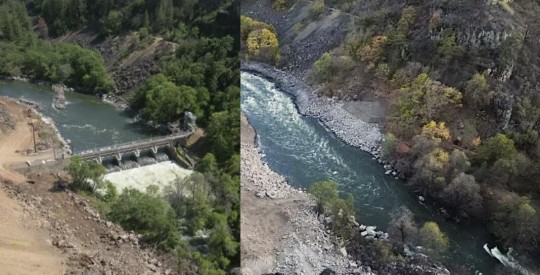
Pictured: Klamath River flows freely, after Copco-2 dam was removed in California.
Incredibly, the project has been nearly completed on schedule and under budget, and recently concluded with the removal of two dams, Iron Gate and Copco 1. Small “cofferdams” which helped divert water for the main dams’ construction, still need to be removed.
The river, along which salmon and trout had migrated and bred for centuries, can flow freely between Lake Ewauna in Klamath Falls, Oregon, to the Pacific Ocean for the first time since the dams were constructed between 1903 and 1962.
“This is a monumental achievement—not just for the Klamath River but for our entire state, nation, and planet,” Governor Gavin Newsom said in a statement. “By taking down these outdated dams, we are giving salmon and other species a chance to thrive once again, while also restoring an essential lifeline for tribal communities who have long depended on the health of the river.”
“We had a really incredible moment to share with tribes as we watched the final cofferdams be broken,” Ren Brownell, Klamath River Renewal Corp. public information officer, told SFGATE. “So we’ve officially returned the river to its historic channel at all the dam sites. But the work continues.”

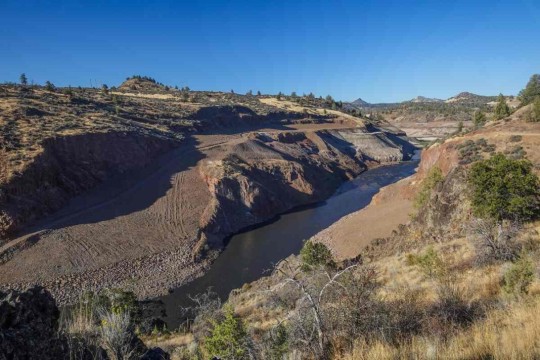
Pictured: Iron Gate Dam, before and after.
“The dams that have divided the basin are now gone and the river is free,” Frankie Myers, vice chairman of the Yurok Tribe, said in a tribal news release from late August. “Our sacred duty to our children, our ancestors, and for ourselves, is to take care of the river, and today’s events represent a fulfillment of that obligation.”
The Yurok Tribe has lived along the Klamath River forever, and it was they who led the decades-long campaign to dismantle the dams.
At first the water was turbid, brown, murky, and filled with dead algae—discharges from riverside sediment deposits and reservoir drainage. However, Brownell said the water quality will improve over a short time span as the river normalizes.
“I think in September, we may have some Chinook salmon and steelhead moseying upstream and checking things out for the first time in over 60 years,” said Bob Pagliuco, a marine habitat resource specialist at the National Oceanic and Atmospheric Administration in July.


Pictured: JC Boyle Dam, before and after.
“Based on what I’ve seen and what I know these fish can do, I think they will start occupying these habitats immediately. There won’t be any great numbers at first, but within several generations—10 to 15 years—new populations will be established.”
Ironically, a news release from the NOAA states that the simplification of the Klamath River by way of the dams actually made it harder for salmon and steelhead to survive and adapt to climate change.
“When you simplify the habitat as we did with the dams, salmon can’t express the full range of their life-history diversity,” said NOAA Research Fisheries Biologist Tommy Williams.
“The Klamath watershed is very prone to disturbance. The environment throughout the historical range of Pacific salmon and steelhead is very dynamic. We have fires, floods, earthquakes, you name it. These fish not only deal with it well, it’s required for their survival by allowing the expression of the full range of their diversity. It challenges them. Through this, they develop this capacity to deal with environmental changes.”
-via Good News Network, October 9, 2024
#california#oregon#klamath river#dam#dam removal#yurok#first nations#indigenous activism#rivers#wildlife#biodiversity#salmon#rewilding#nature photography#ecosystems#good news#hope
6K notes
·
View notes
Text
If you aren't following the news here in the Pacific Northwest, this is a very, very big deal. Our native salmon numbers have been plummeting over the past century and change. First it was due to overfishing by commercial canneries, then the dams went in and slowed the rivers down and blocked the salmons' migratory paths. More recently climate change is warming the water even more than the slower river flows have, and salmon can easily die of overheating in temperatures we would consider comfortable.
Removing the dams will allow the Klamath River and its tributaries to return to their natural states, making them more hospitable to salmon and other native wildlife (the reservoirs created by the dams were full of non-native fish stocked there over the years.) Not only will this help the salmon thrive, but it makes the entire ecosystem in the region more resilient. The nutrients that salmon bring back from their years in the ocean, stored within their flesh and bones, works its way through the surrounding forest and can be traced in plants several miles from the river.
This is also a victory for the Yurok, Karuk, and other indigenous people who have relied on the Klamath for many generations. The salmon aren't just a crucial source of food, but also deeply ingrained in indigenous cultures. It's a small step toward righting one of the many wrongs that indigenous people in the Americas have suffered for centuries.
#salmon#dam removal#fish#animals#wildlife#dams#Klamath River#Klamath dams#restoration ecology#indigenous rights#Yurok Tribe#Karuk Tribe#nature#ecology#environment#conservation#PNW#Pacific Northwest
19K notes
·
View notes
Text

#Beaver sweatshirt#River scene#Wildlife apparel#Nature sweatshirt#Outdoor clothing#Casual wear#River wildlife#Cozy top#Nature lover#Animal print#Adventure apparel#Eco-friendly fashion#Comfortable sweatshirt
0 notes
Text

#river wildlife#animals#taxidermy#nature#natural history#Ann Arbor#University of Michigan#University of Michigan Museum of Natural History#otter
0 notes
Text

A manatee enjoys the crystal-clear waters of the Homosassa River.
Location: Florida
Photographer: Sylvie Ayer
Ocean Photographer of the Year
#sylvie ayer#photographer#manatee#animal#mammal#wildlife#homosassa river#florida#ocean photographer of the year#nature
5K notes
·
View notes
Text
Top 5 Most Dangerous River Moments - Natural World
A scary look at just how dangerous some rivers can be.
A river runs through it, over it, under it and around it. They’re tenacious. They bring us life, excitement, and video. In this short piece, we see the dangers that rivers can provide. The action revolves around some of the wildlife that can be found lurking on or nearby them. We’re not talking Irish rivers here, folks. The most dangerous beast you will encounter on the rivers of Ireland is an…
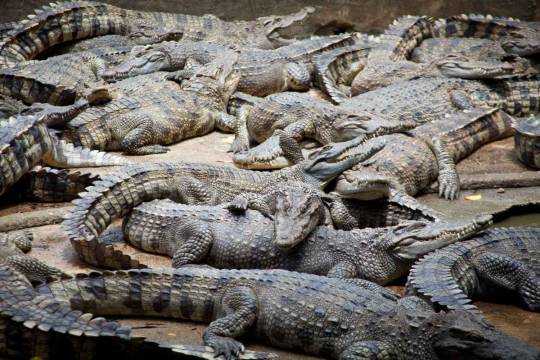
View On WordPress
#African wildlife#Amazon wildlife#Bears fishing#Crocodiles#Crocodiles eating hippos#Crocodiles feeding#Dangerous animals#Grizzly bears feeding#Hippos#River animals#River otters attacking caiman#River wildlife#Rocky mountain animals#US wildlife
1 note
·
View note
Text
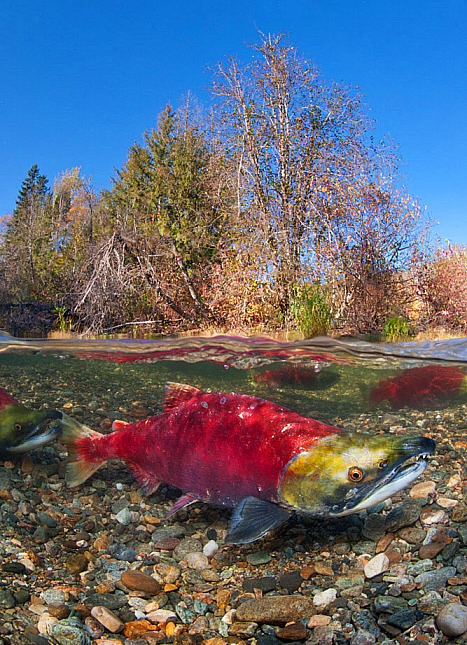

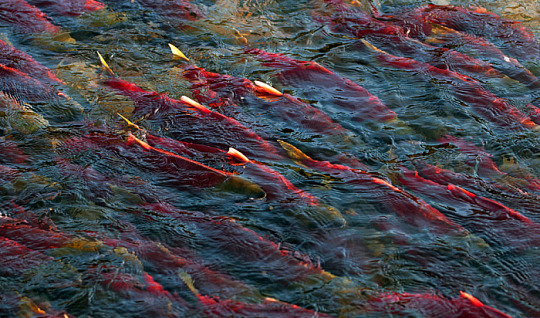
Male sockeye salmon (Oncorhynchus nerka) in Adams River, British Columbia
Photos by Alex Mustard
#Oncorhynchus nerka#Oncorhynchus#salmon#sockeye salmon#red#fish#red fish#male salmon#salmon river#adams river#river#river fish#british columbia#animals#wildlife#nature#breeding season
5K notes
·
View notes
Text
I am extremely happy to have found the swans and cygnets today.
They have four! They're much bigger than I expected, so the adults must have been keeping them off the river while they grew. We could see adults on and around the nest through the reeds for weeks, so we assumed that the eggs hadn't hatched yet. By the size of these cygnets, we were definitely wrong about that.








1 note
·
View note
Text
"Conservationists in New Mexico are celebrating the state’s expanding population of wild river otters, as their numbers have tripled in the last 14 years.
Though native to the state, the beasts were extirpated completely during the 1900s, likely due to a mixture of overtrapping and habitat destruction.
However, groups can now be seen swimming about in waterways located in communities like Taos, Angel Fire, Pilar, and Corrales along the Rio Grande, and there’s every chance this expansion will continue.
“In 2008 to 2010, the department released 33 otters, and those reintroduction efforts took otters from Washington and brought them into the upper Rio Grande,” said Carnivore and Small Mammal Program Manager for the New Mexico Dept. of Game and Fish Nick Forman to KRQE News 13.

Ecologists say they help riverine ecosystems by keeping prey species in check and improving water quality.
“They provide that ecosystem service of being a top predator,” Forman added. “It’s good to have this species back in the role it’s always played in our rivers and lakes.”
The department now is asking members of the public to send them any photos or videos of otters in the wild they take, hoping to use citizen science to better map their distribution around the state whilst conservationists mull over whether to continue with future release efforts."
-via Good News Network, December 4, 2024
--
Extra details from KRQE:
"A 2018 study showed the population grew from 33 to 100 river otters statewide. More recently, the department released nine otters from Louisiana which they hope will bring genetic diversity to the current population and help the species make a comeback. “They provide that ecosystem service of being a top predator. To have them back on the landscape after being gone for so long, it’s really bringing back that native part of the landscape,” said Forman."
-via KRQE, November 13, 2024
#united states#new mexico#river otter#otter#otters#wildlife#wild animals#conservation#biodiversity#ecology#endangered species#good news#hope
1K notes
·
View notes
Text
210 notes
·
View notes
Text
Three words: Dam removal WORKS.
In fact, it works immediately. The day after the dam removal on the Klamath River was completed, an effort spearheaded by the Yurok and other indigenous people of the area, salmon were seen swimming upstream past the old dam site. It didn't take years, or months, or even days. It took hours.
And now salmon can access plenty of historic habitat that was locked away for many years. This is a huge development, because habitat loss is the single biggest cause of species endangerment and extinction. Every time--every time--we restore a species' habitat, we give them a better chance to survive the multi-pronged environmental onslaught we've been subjecting them to.
Even if that habitat is imperfect, if it offers them food, shelter, and opportunities to safely reproduce. Nestled within an intricate network of relationships with other species that took thousands of years to develop, these salmon now have a better chance of weathering the years to come. Long live the salmon!
#salmon#dam removal#Klamath River#Yurok#landback#indigenous rights#nature#wildlife#animals#ecology#environment#science#conservation#scicomm#fish#fishblr#habitat restoration#restoration ecology#endangered species#extinction
370 notes
·
View notes
Video
Why did the bear cross the road? Alligator River, North Carolina. by Kevin B. Moore
#bear#black bear#Carolina'#nc#wildlife#road#Alligator River#North Carolina#golden Hour#muddy#paws#flickr
222 notes
·
View notes
Text

“Just look over your shoulder”
#photo of the day#semipalmated plover#waterfowl#shorebird#photography#todays bird#birds#bird lover#birdwatching#bird photography#nature photography#wildlife photography#wild nj#nikon photography#nikon coolpix p1000#Bayonne Golf Course River Walk#spring 2024
404 notes
·
View notes
Text






" El Chaltén " // © Ramiro Torrents
#El Chaltén#Patagonia#Argentina#nature#landscape#Mountainscape#Mounts#Peaks#Forest#Trees#Valley#Lake#River#Canyons#Wildlife#Wolf#photography#aesthetics#wanderlust#explore#follow#discover
191 notes
·
View notes






